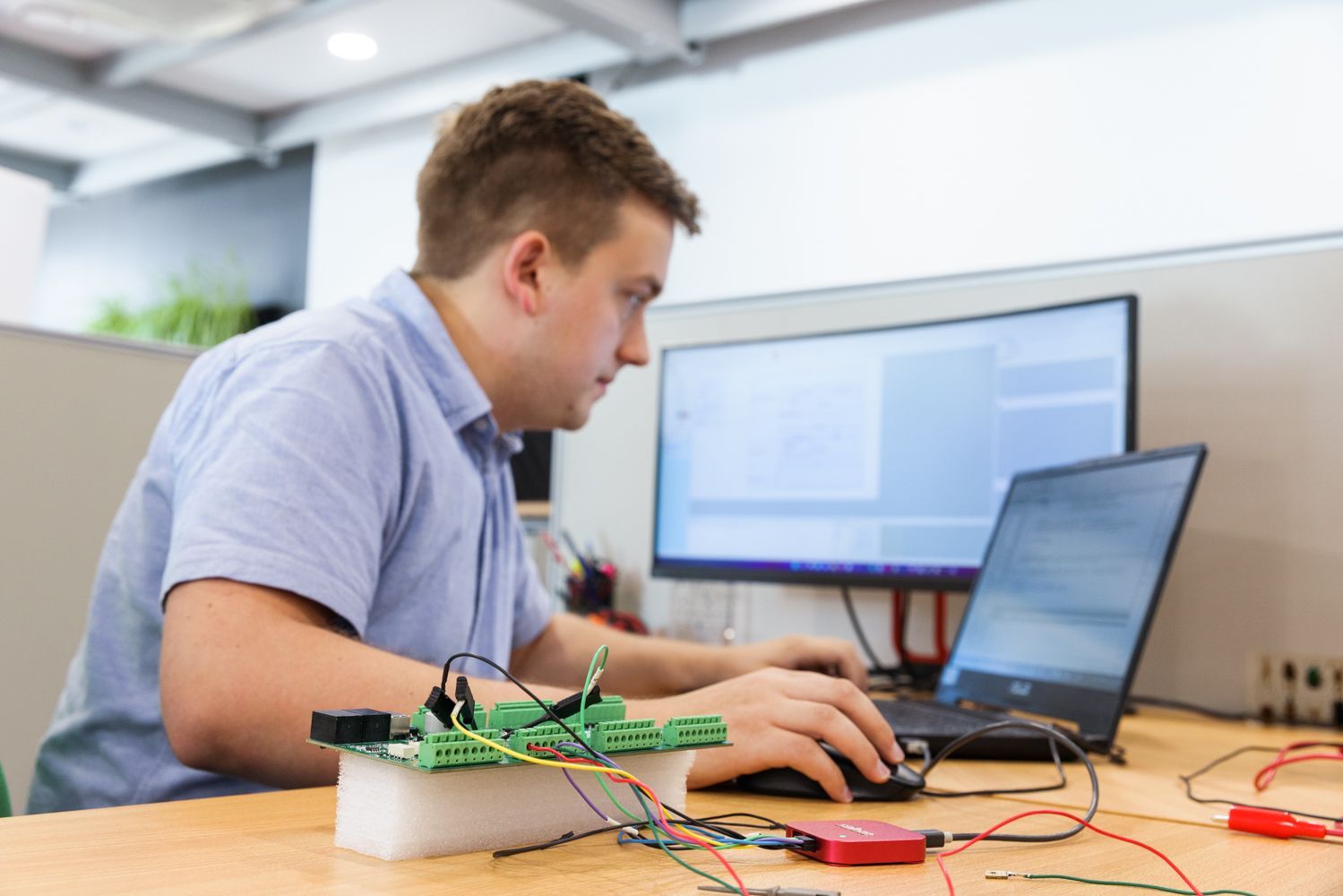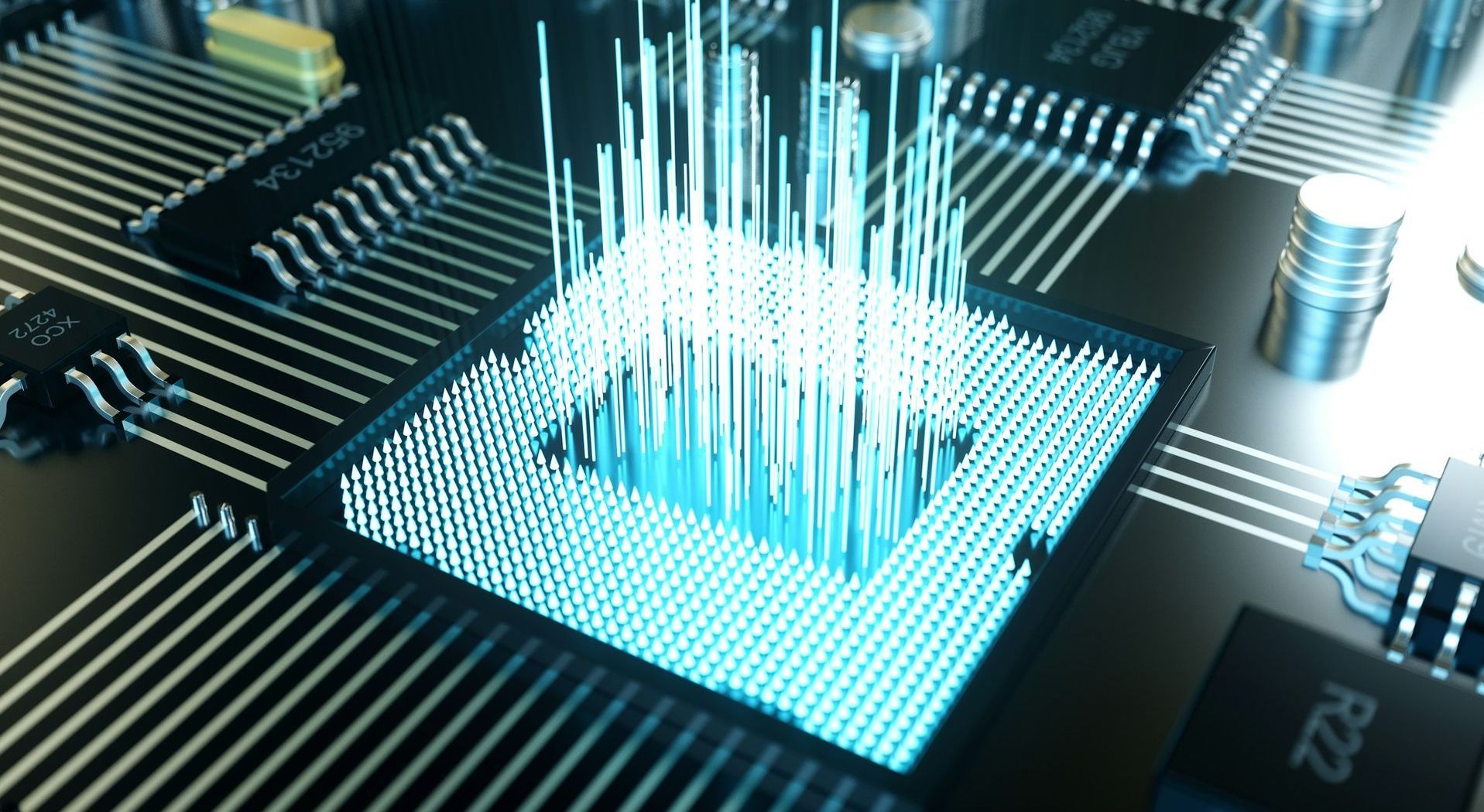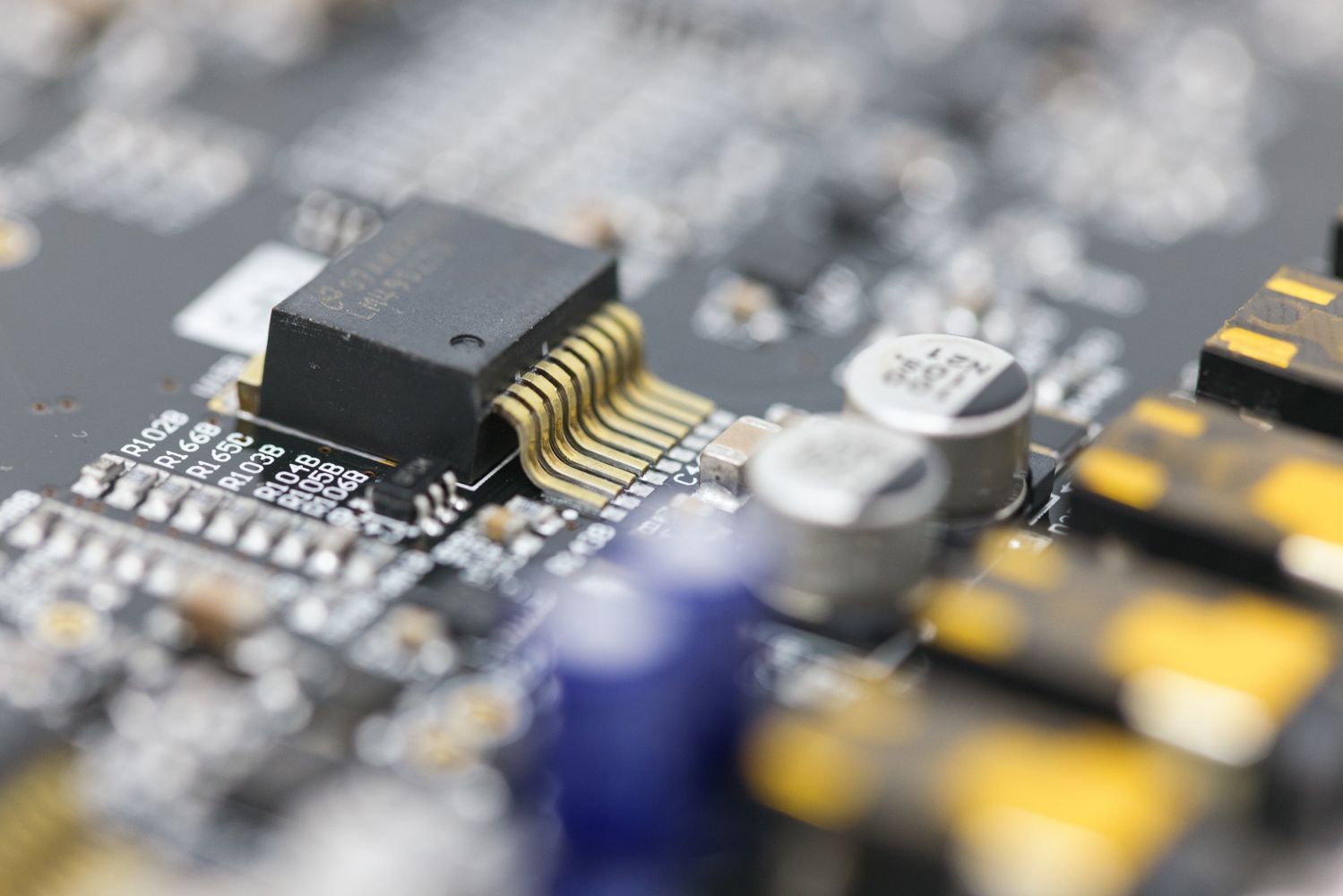An Introduction to Firmware
Date: March 17, 2024
As a firmware engineer, I often find myself in a classic conundrum when asked about my profession. Responses like, "Oh, so you're a software engineer?" or "How is that different from hardware?" are all too familiar. It's challenging to explain what firmware engineering entails since it resides in a niche space that bridges hardware and software. However, consider this astonishing fact:
High-end cars like the Mercedes-Benz S-Class contain over 10 million lines of code, all of which are processed by up to 100 microprocessors networked throughout the car. This immense amount of firmware-based coding powers everything from engine management systems to advanced safety features.
However, the influence of firmware extends far beyond the automotive industry. The vast majority of electronic devices you interact with will have firmware in them, from household appliances to personal gadgets and industrial machinery. This central role in both mundane and complex technologies should give you a sense of how widespread firmware is in our daily lives.
In this article, I aim to clarify some basic questions about what firmware is, its relationship between hardware and software, and how it's developed.
What is Firmware?
When we talk about firmware, we are referring to the code that runs on a microcontroller inside an electronic device. Microcontrollers are compact integrated circuits that include a processor, memory, and input/output peripherals all on a single chip. The firmware programmed onto the microcontroller dictates how the device functions and behaves. Often firmware code is written in the C or C++ programming language, but these days there are a few more viable options.
How does Firmware relate to Hardware?
The microcontroller the firmware runs on is soldered onto a printed circuit board (PCB), that connects it to other hardware components like power supplies, sensors and actuators. The firmware controls and reacts to these components and makes decisions enabling the device to perform specific tasks.
Take an air conditioning unit as an example, the firmware continuously reads data from the hardware, a temperature sensor, to monitor the ambient temperature. When the temperature exceeds a predefined threshold, the firmware instructs the compressor (more hardware) to start. This cools the room. Once the temperature reaches the desired level, the firmware signals the compressor to stop again. This is a very simplistic example. For those seeking a deeper dive into our work, take a look at the project we completed with
Rinnai
here.

How is Firmware different from Software?
The line between firmware and software can sometimes appear blurry, but some distinctions set them apart. Firmware typically operates at a lower level than traditional software and directly communicates with the hardware it is programmed for. Unlike generic software applications that can run on various hardware platforms, firmware is tailored for specific devices, often referred to as ‘dedicated hardware’.
One crucial aspect that sets firmware apart is its real-time responsiveness. Firmware often needs to react swiftly to events with precision timing requirements, making it critical for time-sensitive applications. In contrast, software is more concerned with high-level decision-making and doesn't prioritise direct hardware interaction.
Complexity in firmware development also arises due to the limited availability of libraries. Unlike software development where programmers can leverage a multitude of libraries and frameworks, firmware engineers often have to write code from scratch, due to the specialised nature of the hardware they are working with.
Moreover, firmware often needs to exhibit a higher degree of robustness. If the firmware encounters an error or a fault,
it may need to autonomously reboot the device or trigger specific routines to recover from the issue.
This is essential in ensuring the continuous and reliable operation of the device, especially in critical systems where downtime is not an option.

How is Firmware developed?
The development of firmware typically follows the hardware design phase, as hardware specifications and requirements shape the firmware's capabilities. However, there is some overlap in the development process - firmware engineers may need the hardware to change to ensure certain functions are possible so that the device meets specifications.
Firmware engineers will typically use development software that is recommended by the microcontroller manufacturer. These provide a comprehensive suite of tools such as compilers, debuggers, and simulators tailored to the specific microcontroller architecture, simplifying the coding process and optimising performance.
Additionally, firmware developers often leverage libraries provided by the microcontroller manufacturer or third-party sources. These libraries contain pre-written code snippets and functions that expedite development, by offering ready-to-use solutions for common tasks, such as interfacing with hardware peripherals or implementing communication protocols.

Want to learn more about Firmware?
If you want to learn more about firmware check out some of the previous blogs:
- One year developing Firmware with AI: Our experience with integrating AI into our workflows.
- Test-driven development: A powerful method for writing modern-day firmware.
What next?
Looking to outsource your firmware R&D? Whether it's upgrading existing products or venturing into new firmware development projects, our expert team is here to support you. Start by contacting us for a free consultation.



